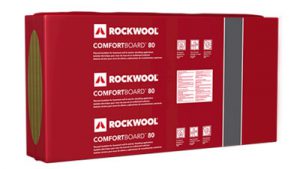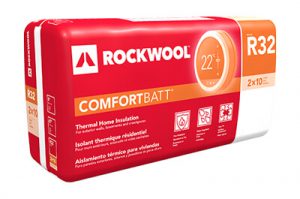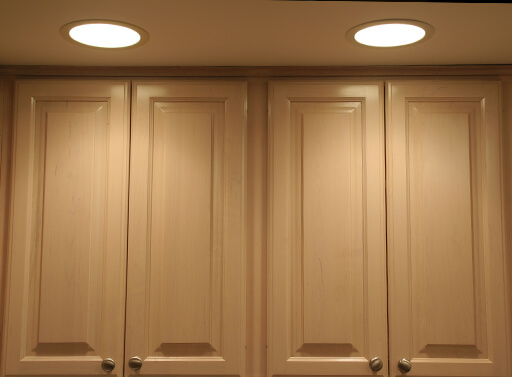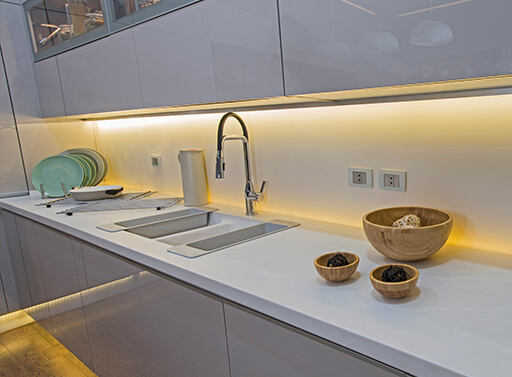An uninsulated crawlspace might mean your heating system needs to work extra hard to keep your home warm enough. Not only will this drive up your energy costs, but it also means the crawlspace is likely lacking a vapour barrier — leaving your floor joists exposed to mold and rot.
Luckily, insulating your crawlspace is an easy project — and a stellar way to make your entire home feel more comfortable while also saving on energy costs.
Let’s put on our safety masks and dive in …
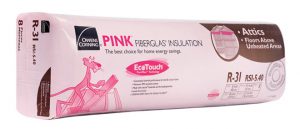
How to insulate a crawlspace if it’s unconditioned
(not heated or cooled)
Adding fibreglass insulation — like Owens Corning PINK® FIBERGLAS™ batts — between the joists in an unheated crawlspace prevents cold air from rising up into the floor.
- Install the insulation from one end of the house to the other, making sure the vapour retarder is towards the warm side of the structure. (In a vented crawlspace, the warm side is usually closest to the floor.)
- Make sure the insulation goes all the way back so it touches the band joist, providing complete coverage under the house.
- Insulate carefully around electrical wiring, electrical boxes and water pipes.
- Use insulation hangers, furring strips or nylon straps to provide support and hold the insulation in place around the joists.
- Spread a 4-6 mm polyethylene vapour retarder so it completely covers the ground — preventing moisture from seeping into the crawlspace. Use rocks or bricks around the edges to hold it in place.
How to insulate a crawlspace if it’s conditioned
(heated or cooled)
Whether your heated crawlspace has uninsulated ducts or water pipes, it’s important to insulate the walls in order to reduce energy loss. We suggest using Owens Corning EcoTouch® PINK® FIBERGLAS™ insulation batts.
- Measure and cut small pieces of insulation and fit them into the band joist (area above the foundation wall).
- Cut long pieces of insulation that can completely cover the crawlspace wall, and wedge them snugly into the joists. Ideally, you want the insulation to extend out onto the ground by 1-2 feet.
- Attach the insulation to the wood plate, located at the top of the foundation, with cap nails (or standard nails with long furring strips). Only drive the nails into the plate partway, so you avoid compressing the insulation too much.
- Spread a 4-6 mm polyethylene vapour retarder so it completely covers the ground, using rocks or bricks around the edges to hold it in place.
Simple enough, right? Of course, if you have any questions, we’re always happy to help. Just stop by your local TIMBER MART to learn more.




